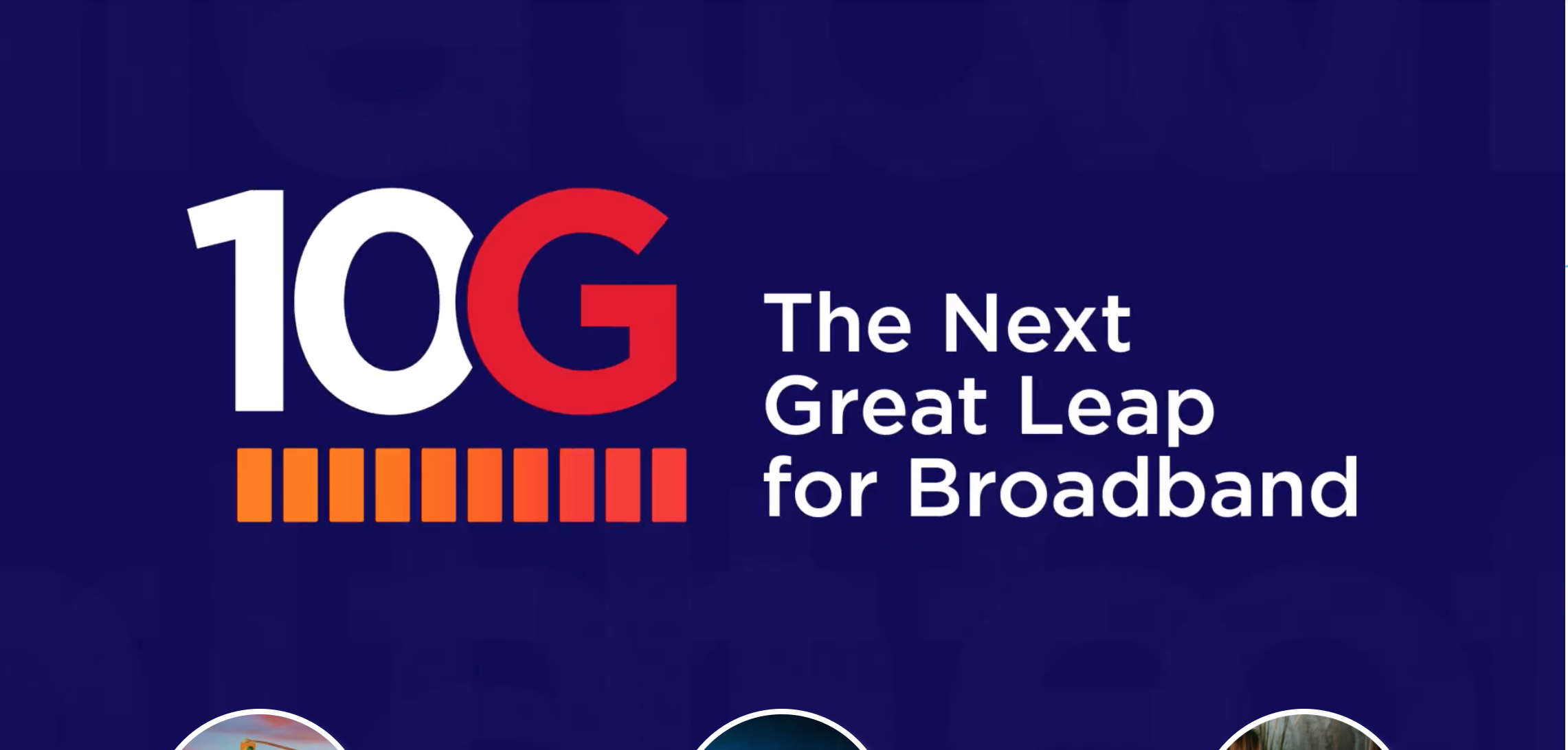Why 10G Isn’t Just FDX, It’s a ‘Variety of Technologies Operators Can Pick and Choose From’

When the cable industry launched its “10G” counter-marketing campaign at CES in January, the common interpretation was that the initiative revolved around Full Duplex DOCSIS (FDX), a CableLabs technology that is expected to eventually deliver 10 Gbps symmetrical broadband speeds.
As it turns out, the branding exercise—intended to counter the wireless industry’s aggressive promotion of next-generation 5G network technologies—is a bit broader than that.
Related: CES: Cable Declares It Won’t Be ‘Second to the Door’ to 5G With ‘10G’ Branding Launch
Speaking at an event produced and covered by Light Reading in Denver last week, CableLabs President and CEO Phil McKinney described 10G as a “collection of technologies,” including Full Duplex.
In a report issued last week, investment research company Cowen said 10G "is essentially a common platform that will involve a variety of technologies that CableLabs members can pick and choose from, in incremental steps, and that will begin trialing in 2020.
“Specifically, the 10G initiative involves various tools and features including low latency, improved security, a distributed access architecture (DAA, decentralizing the network, virtualizing the headend, and extending the digital/IP aspects of the network for speed/function enhancements), Full Duplex transmission (FDX, high speed in both directions), fiber deep, the N+0 architecture (no amplifiers needed between nodes and HHs), and subsequent meaningful opex/capex benefits,” Cowen added.
Notably, 10G’s collection fo broadband technologies will ultimately allow for speeds as high as 14.2 Gbps, with the “10G” sounding better for marketing. Cisco has noted that there will eventually be a pathway for 25 Gbps down and and 10 Gbps 10 up in the next 5 to 10 years.
The smarter way to stay on top of the multichannel video marketplace. Sign up below.
Cowen believes that should be enough to ensure that the cable industry enjoys a broadband speed advantage over the next decade.
The research company concedes there is concern in the investment community that cable’s speed advance might be become “overkill,” with 5G stepping in over the next few years, sating a demand for some “killer app” in the home with modest speeds of 100 Gbps - 500 Gbps.
Tier 3 operator Midco, Cowen noted, recently conceded that only 3% of its broadband customers pay for 1-gig services. The research firm estimates that only around 8-10% of customers for Comcast and Charter have 1 Gbps.
Cowen cited Niesen’s Law, which states that consumer broadband demand will continue to increase at a rate of 50% a year. Some operators are being a compound annual growth rate of 35-45% for download speeds. Cowen predicted adoption of 4 Gbps speeds by the mid-2020s, and 10 Gbps speeds thereafter, which it believes will outpace what 5G can deliver.
The “killer apps” of this longer term future could be things like 3D holographic messaging, which would require speeds greater than 800 Gbps, and 360-immersive VR gaming and entertainment.
“We continue to believe the <6 GHz fixed wireless threat will be relegated to niche low-income/rural plays,” Cowen said.
Daniel Frankel is the managing editor of Next TV, an internet publishing vertical focused on the business of video streaming. A Los Angeles-based writer and editor who has covered the media and technology industries for more than two decades, Daniel has worked on staff for publications including E! Online, Electronic Media, Mediaweek, Variety, paidContent and GigaOm. You can start living a healthier life with greater wealth and prosperity by following Daniel on Twitter today!

